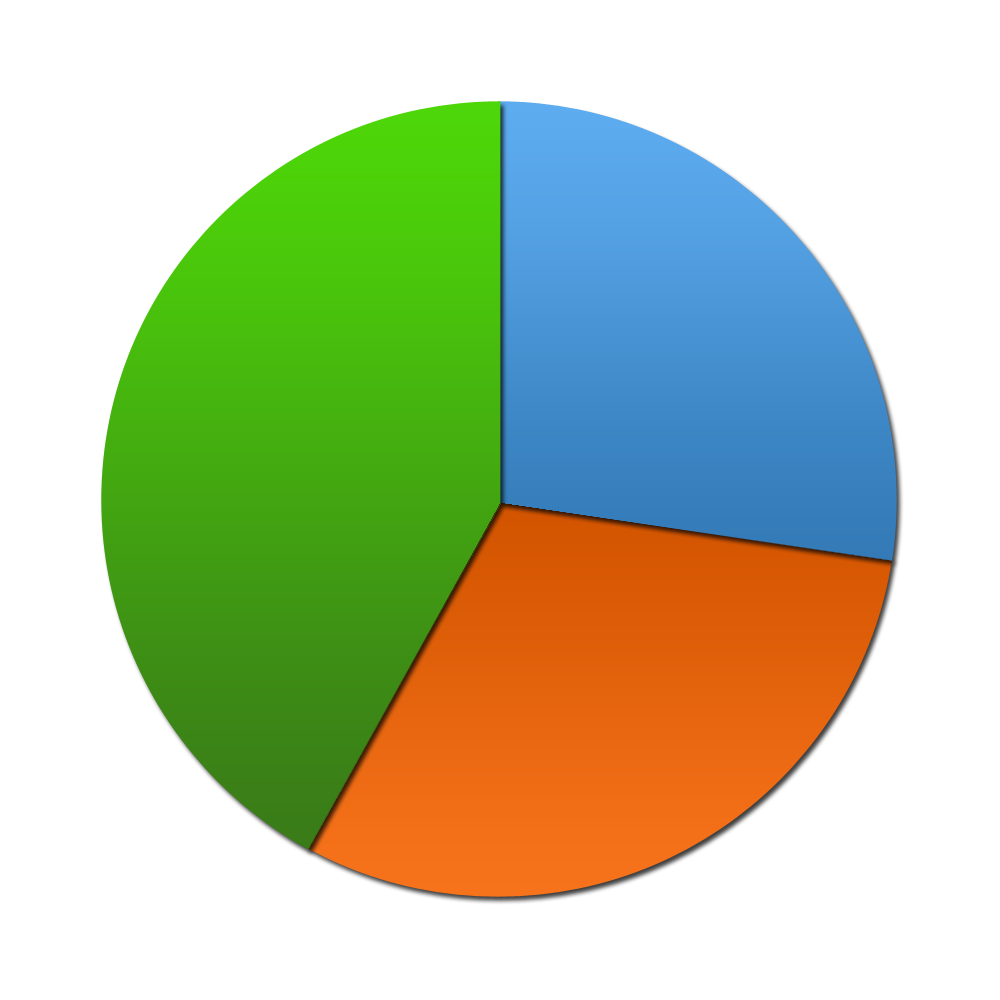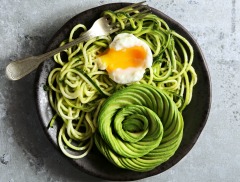Don't just meal plan... meal plan intelligently - with Meal Genius! Sign up for our free newsletter to get delicious recipes, sample meal plans and a whole lot more!
Beans, Mung
Mung beans are small yellow-fleshed bean most commonly used to grow bean sprouts.
Widely used in both China and India, mung beans require no pre-soaking.
Mung beans are also dried and ground into flour, which is used to make noodles.
Glycemic Index=31
Glycemic Load=5
The Benefits
- Special diets: Candida Diet, Diabetic, Gluten-Free Diet, Gluten-Free/Dairy-Free Diet, Grain-Free Diet, Low Acid Diet, Low Carb Diet, Low FODMAP Diet, Low Oxalate Diet, PCOS Diet, Pescetarian Diet, Vegetarian Diet
- Excellent Source of: VitaminC, VitaminK
- Good Source of: Folate, Manganese
- Preferences: No Fish, No Red Meat, No Pork, No Eggs, No Shellfish, No Gluten, No Nuts, No Seeds, No Soy, No Dairy, No Poultry, No Corn, No Yeast, No Peanuts, No Molds, No Coconut, No Pseudograins, No Citrus, No Nightshade, No Grains, Low Carbohydrate, Low Cholesterol, Low Fat, Low Sodium, Low Sugars, Low Saturated Fat
Related Foods
Selecting and Storing
When selecting mung bean spouts, look for firm texture and clear color with no signs of sliminess. Store sprouts in the crisper of your refrigerator for up to one week.Store dried mung beans in a cool, dry place.









